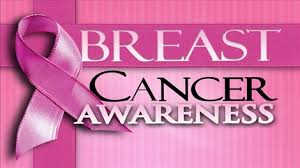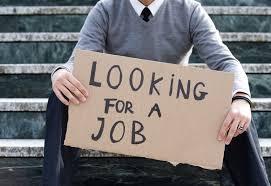
Federal students loans are automatically cancelled upon the death of the recipient, but private lenders are not required to forgive such debt. Seeking relief through bankruptcy is not an option in most cases.
Consider the case of a California couple whose daughter died of liver failure before her education debt was paid. The parents took on the care of three grandchildren and because they cosigned on the private student loan they had to assume the daughter’s debt, which she had acquired to attend nursing school. Over the next five years, the balance ballooned to $200,000 and the lender would not forgive the debt, news outlets reported.
The odds of a 27-year-old dying are less than 1 percent, according to the Commissioners Standard Ordinary Mortality Table, but that is small comfort to the California parents whose loss has been complicated by their daughter’s residual debt.
Outstanding student loan debt in the United States has reached an all-time high of $1.3 trillion. Just to earn a bachelor’s degree, the total in loans is likely to reach almost $30,000, the Project on Student Debt at the Institute for College Access & Success, Oakland, Calif., reported.
Most private student loans require a co-signer. About 90 percent of such loans issued in 2011 had co-signers, the Consumer Financial Protection Bureau reported.
Sallie Mae, the country’s largest private lender, offers a Smart Option Student Loan that automatically forgives the debt if the primary signer dies. This lender also has a provision that lowers the interest rate on a regular loan if the parents or some other credit-worthy co-signer must assume the debt. Loans made before 2009 are not covered by the provision, but Sallie Mae may choose to forgive the debt under particular circumstances.
Attorneys with the National Consumer Law Center, Boston, believe there are too few safeguards for students and co-signers who take out student loans. “Ideally, there should be some kind of relief for borrowers in that situation,” said Persis Yu, a staff attorney with the center. The double-whammy of losing a young person pursuing higher education and then being required to repay student loans is “salt in the wound,” he said.
Yu suggests a life insurance policy on the student is the best option to protect co-signers from the financial pain. A policy covering the amount of the loan would pay the debt in full. That provision would spare people already suffering the loss of a family member the additional burden of financial stress related to student loans. Or you could go the safe route and go for the federal loans. Whichever route you choose, wise planning will help in the long run.




